3D sculpting: How to sculpt with style
Leading artists share advice on 3D sculpting to help you master the art.
3D sculpting is a pivotal stage of the 3D model creation process – it’s where artists’ ideas quite literally take shape. There’s no right or wrong way to achieve results at this stage and the approach is likely to differ significantly from artist to artist.
We’ve assembled four masters of the craft to discuss the fundamental skills that underpin digital sculpting, individual styles, and how you can create your own stunning 3D sculptures. See our post on stunning 3D art for further inspiration.
The basics of 3D sculpting
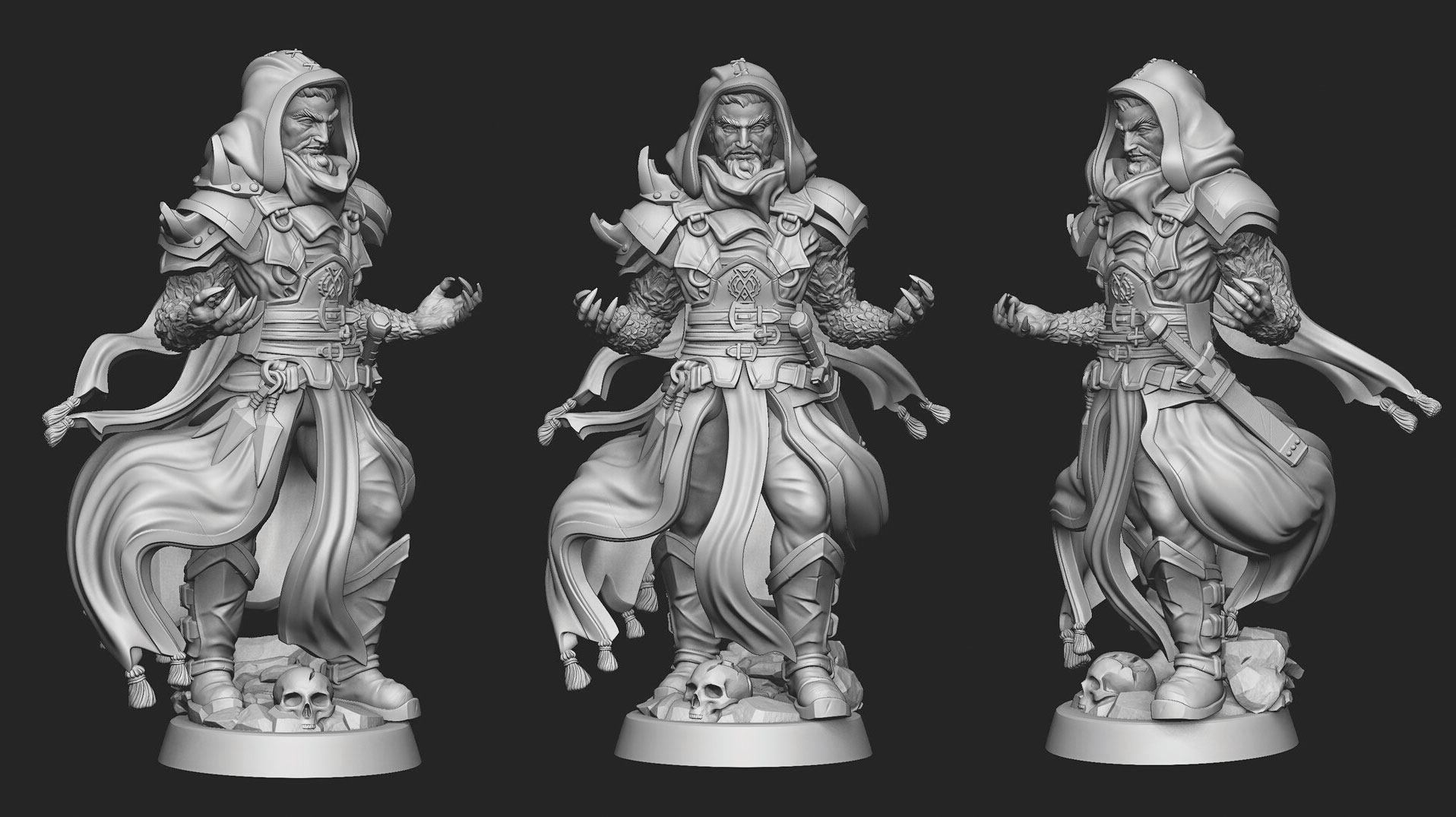
It stands to reason that digital sculpting would be a very similar discipline to its tangible, squishy counterpart. Rudolf Béres has four years’ experience as a 3D character modeller and a strong background in traditional sculpting. “I studied traditional art at the Hungarian University of Fine Arts, and I earned a diploma award for working as a traditional sculptor and restaurator over a couple of years,” he remembers. “After all this I decided to move into the game industry and become a part of the digital art world.”
ZBrush was an absolute miracle in my life
Rudolf Béres
There are few artists more qualified to discuss the fundamental skills of sculpting and how they translate to the digital world. “The traditional experience was a very good basis to start sculpting in digital,” continues Béres. There was one software in particular that catered to Béres’ previous experience: “ZBrush was an absolute miracle in my life and I wanted to work in it at first sight. Although it’s a completely different experience, the learning process is like playing with traditional clay or carving wood.”
Even with a software like ZBrush (see our ZBrush 2019 review), Béres assures us there are key differences between traditional and digital methods: “The biggest difference is that you don’t have a real feel for the material. There’s also the fact that you can’t undo it when you’re carving a stone, or building an iron frame for your clay sculpt. The sculpting process is essentially the same, blocking, detailing, and so on. But I think that will change with the introduction of 3D printing sculpture methods.”
Béres describes his artistic process as chaotic, explaining that it all starts with an idea, which usually arises from a picture or a real life experience. “In the beginning, anything and everything can change,” he adds. “Slowly the form begins to take place and I could turn a portrait of a normal girl into a vampire girl. To put it simply, don’t insist on sticking to your original ideas in the end, everything changes."
Find your style
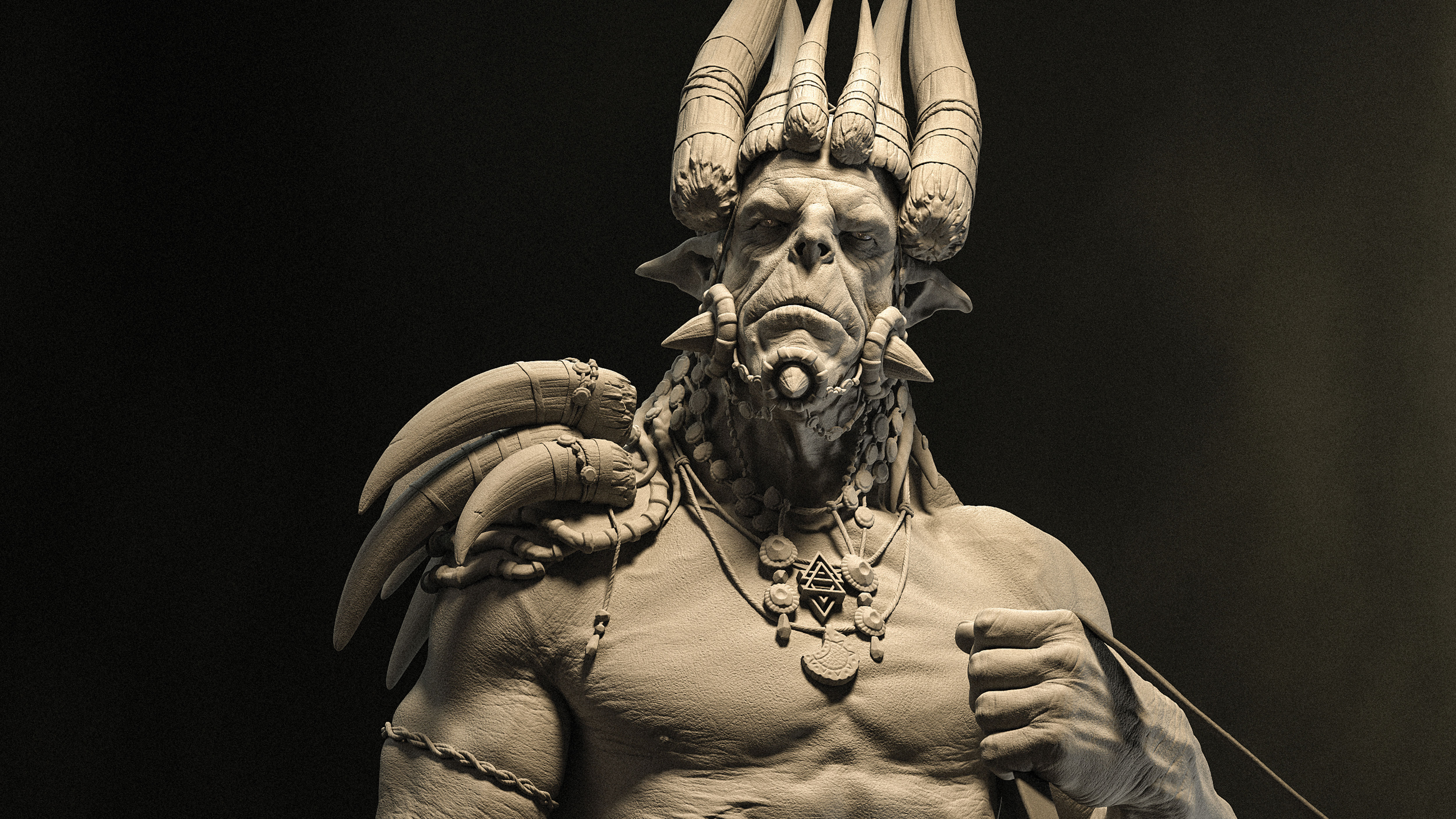
Rodion Vlasov is a 3D character artist based in Russia, with six years of industry experience under his belt. “I began learning ZBrush towards the end of 2007,” he explains. It’s a time that Vlasov looks back on with great fondness: “Back then I was a child with big ambitions and aspirations. I had a ton of motivation to become the best in 3D.” Vlasov found this inspiration in forums such as ZBrushCentral and the artists that populated them, posting their work, WIPs and sketches. “It was a great inspiration for me. Imagine a little 13-year-old boy, who lives in a village, using the internet to communicate with artists from all over the world.”
Daily design news, reviews, how-tos and more, as picked by the editors.
Vlasov’s work demonstrates a unique style and a penchant for striking and memorable characters. “I just let my hands sculpt while I keep the idea in mind,” he answers when asked how he achieves his unique visual style.
I know that if I can’t do it today I will do it tomorrow
Rodion Vlasov
Despite his laid-back approach to sculpting, Vlasov makes sure to surround himself with inspiration: “I use reference images to help me find the right mood, I search for images based on my idea.” Vlasov also listens to music as he works, preferably dark ambient soundscapes. “Music is a deep sea of ideas,” he explains. “It helps create imagery in my mind.”
Even for a creative soul like Vlasov, there will come a time when inspiration alludes him and motivation is hard to find. When this creative block strikes he accepts it with calmness and waits for it to pass, “I know that if I can’t do it today I will do it tomorrow,” he adds. “Instead I go and play video games, watch something, go outside and try to relax.” Vlasov asserts that it’s important to change up your activity for a while, just to take a break from CG.
Get the right tools
Despite having his own unique style, Vlasov insists that he doesn’t employ any unusual or notable techniques in his sculpts; he uses slightly tuned standard brushes for all his imagery, with no tricks. Vlasov outlines five things that are essential for any digital sculptor: “A PC, ZBrush, a standard brush, steady hands and a clear mind.”
Finally, Vlasov imparts some wisdom for those that are new to the world of digital sculpting: “Be patient, do not rush, it will take time to get a result in any case.” He also has some advice for honing the fundamental skills of sculpting: “Learn anatomy and, perhaps even more importantly, strive to feel the forms of what you’re sculpting.”
Improve your 3D sculpting efficiency

“I’ve loved creatures for a long time,” says digital sculptor and CEO of Villard, Keita Okada. Okada has a wealth of experience in creature creation, he has won numerous awards for his work and lent his talents to the video game industry. “Instead of using DCC tools, I decided to look for a more efficient way to create realistic creatures,” he adds, discussing how he got started in digital sculpting.
A look through Okada’s impressive portfolio reveals a unique style and talent for intricately detailed, compelling creatures. When asked how he developed such an individualistic and recognisable style, Okada assures us that he simply kept practising, creating countless models until he developed a style that he could easily work with.
Much like Béres and Vlasov, Okada favours using ZBrush in his sculpts: “I mainly use ZBrush, but I don’t usually use the more complicated features.” Okada favours Autodesk’s sculpting software because it allows him to produce and project more realistic details, such as carving or engraving on his clay models.
Okada’s company, Villard, sculpts various kinds of concept models and art at an efficient rate, with creature production being their main focus and greatest strength. “The models we create are used not just for movies, but also for concept modelling, art, video games and much more,” he adds.
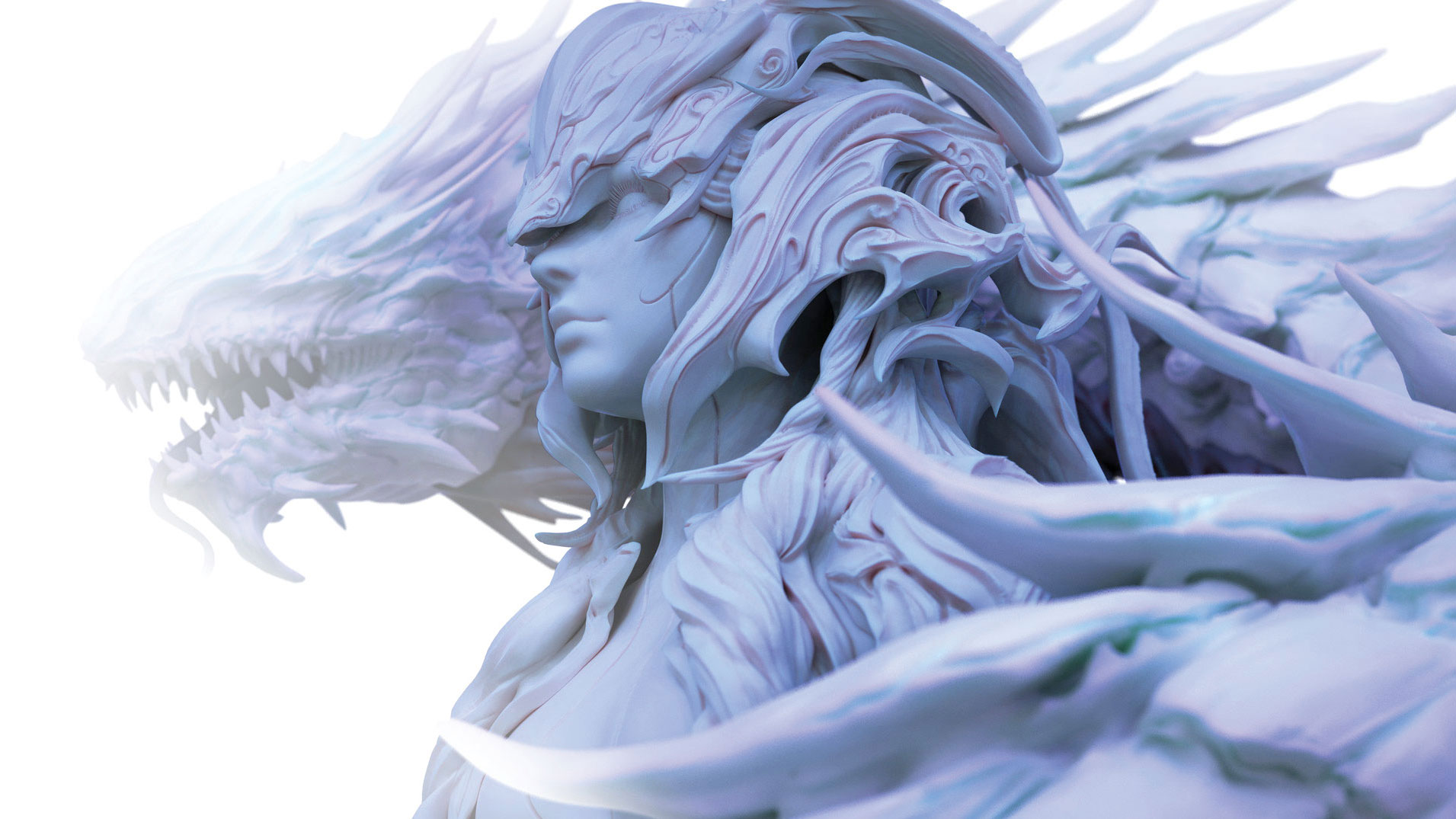
When it comes to forming a career in digital sculpting, Okada praises the power of social media: “Nowadays, you can get your artwork easily noticed through social media. It doesn’t matter whether you are in Japan or any other country in the world, word will spread. So I would greatly advise every artist to upload their work and show it to others.” Much of the inspiration for Okada’s own creature work comes from browsing ArtStation and looking at the work of other artists.
For those finding their feet in the world of digital sculpting, Okada has some sage advice drawn from his own experience: “Practise non-stop and find your own wild and beautiful style in your own work.” He also urges budding digital sculptors to experience the feeling of sculpting clay with your hands, adding that it’s a very important exercise.
“You should clearly emphasise parts of your artwork that you put a lot of effort into and want to show off. Basically, knowing the good and bad points of your work is key,” adds Okada. Finally, he emphasises the importance of showing your work to others and getting feedback from a variety of different people.
Craft characters
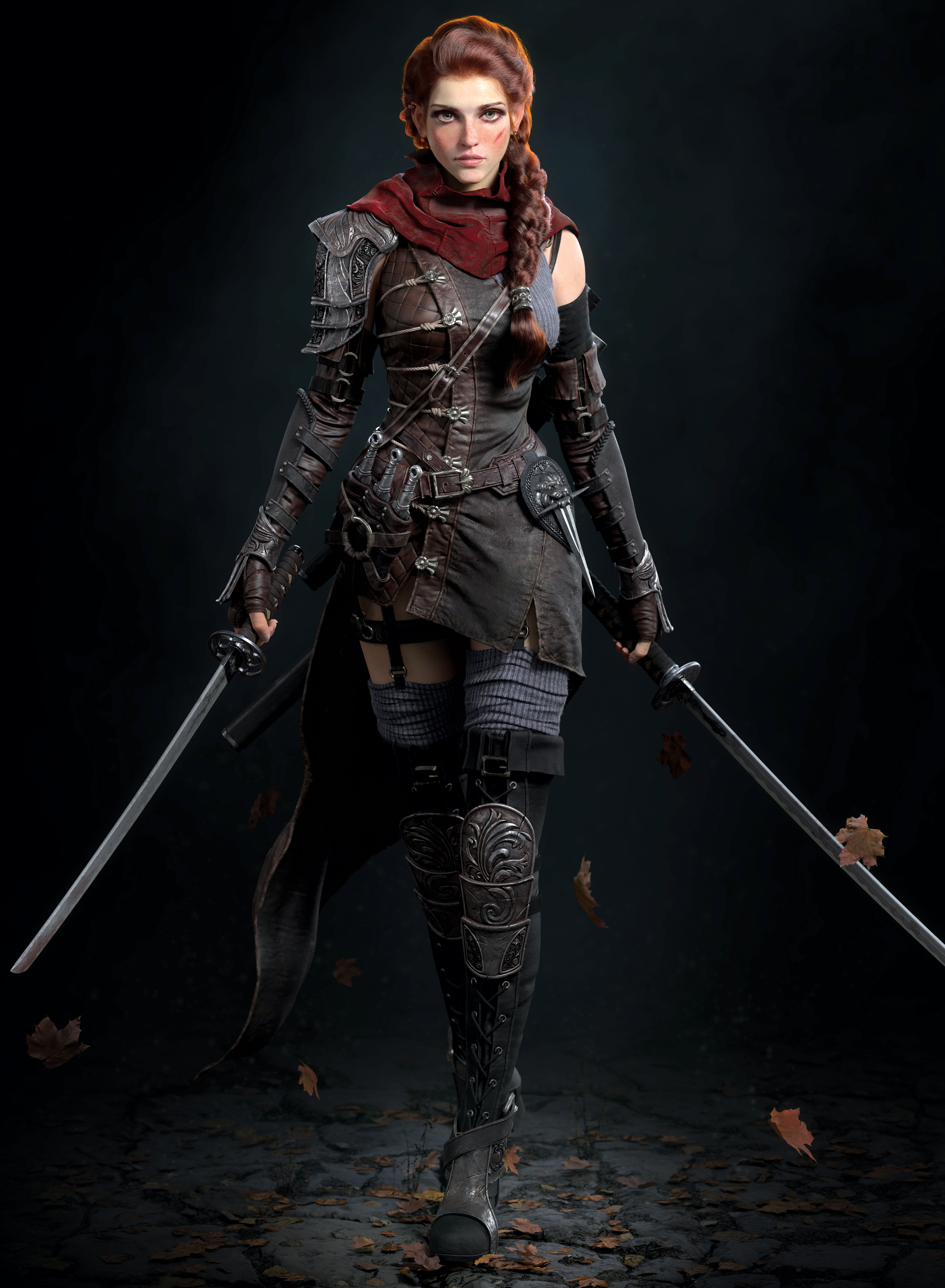
Tristan Liu is a digital sculptor specialising in characters. He is currently lead 3D artist for start-up AI company DeepMotion, in the San Francisco Bay Area. Previously he’s worked on projects such as World Of Warcraft, Diablo III and Overwatch. “I started in digital sculpting when I was in college,” remembers Liu. “I saw ZBrush 3.1 on one of the lab computers. After some experiments, I found it was a very intuitive way to express my inspirations and ideas in 3D. I fell in love with it immediately.
“ZBrush is one of the tools that I use for sculpting,” he continues. “It depends on personal habits but to me, ZBrush is a powerful tool that meets all my needs for sculpting.” Liu believes a solid foundational knowledge of sculpting is key for building a portfolio and getting hired. “A professional artist can quickly determine your level by looking at your work. The industry is changing fast, so it is very important to keep trying new technologies and improving your skills.”
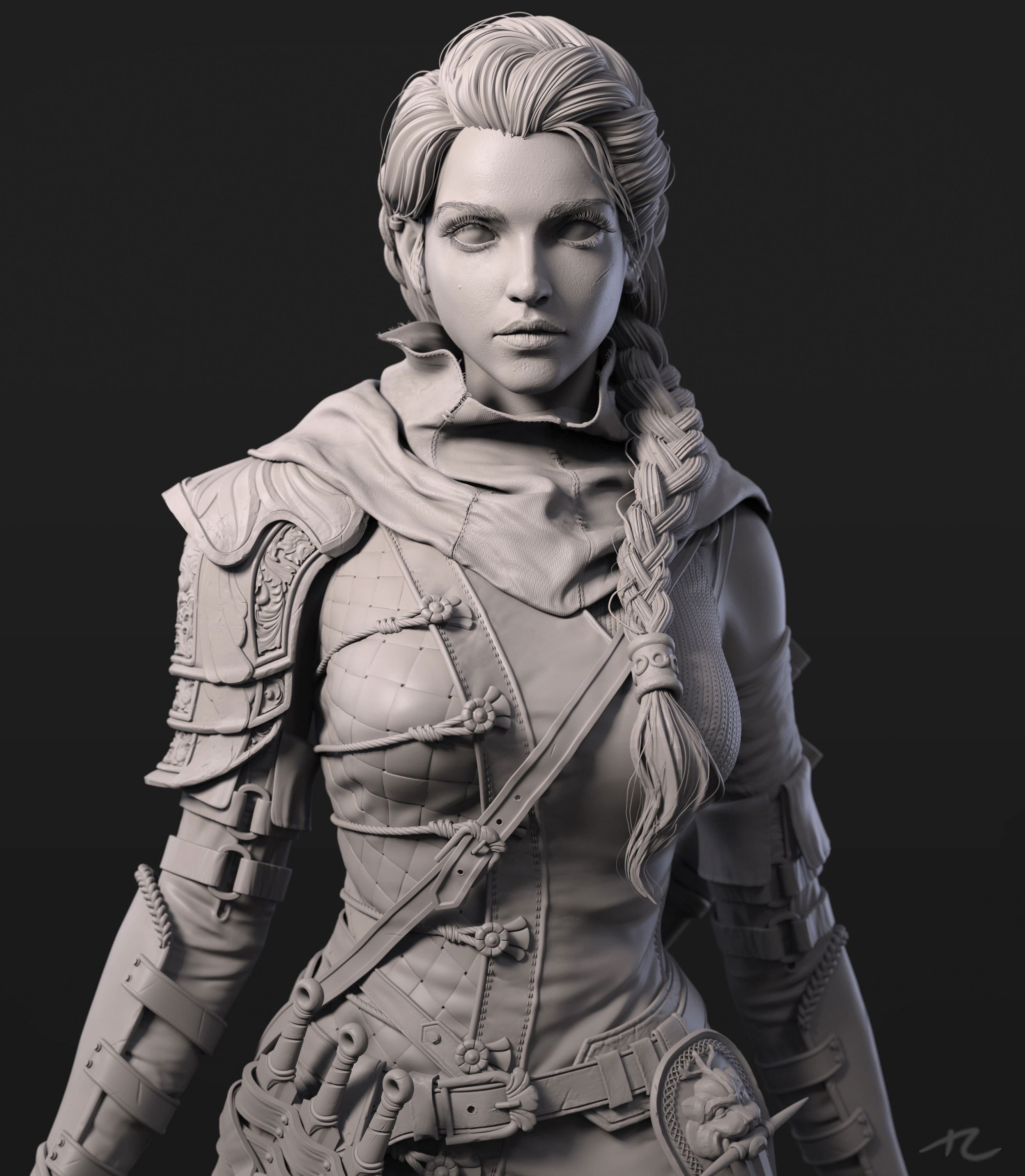
Liu’s work is notable for its high level of detail and realism. Explaining how he achieved this on his latest image, Tara (above), he says: “I used many references, including realistic photos and digital works. Scanned alpha textures were also very helpful for getting quick overall detail on the sculpt, such as fabric folds, wrinkles and metal scratches. I projected them to the surface before digging into the details too much.”
He continues: “If you are going to texture your character after the sculpt, you need to be clear which details need to be sculpted, and which areas can use normal maps or displacements to achieve a similar result in texturing tools. Always zoom out to check that you are satisfied with the details when looking in the distance.”
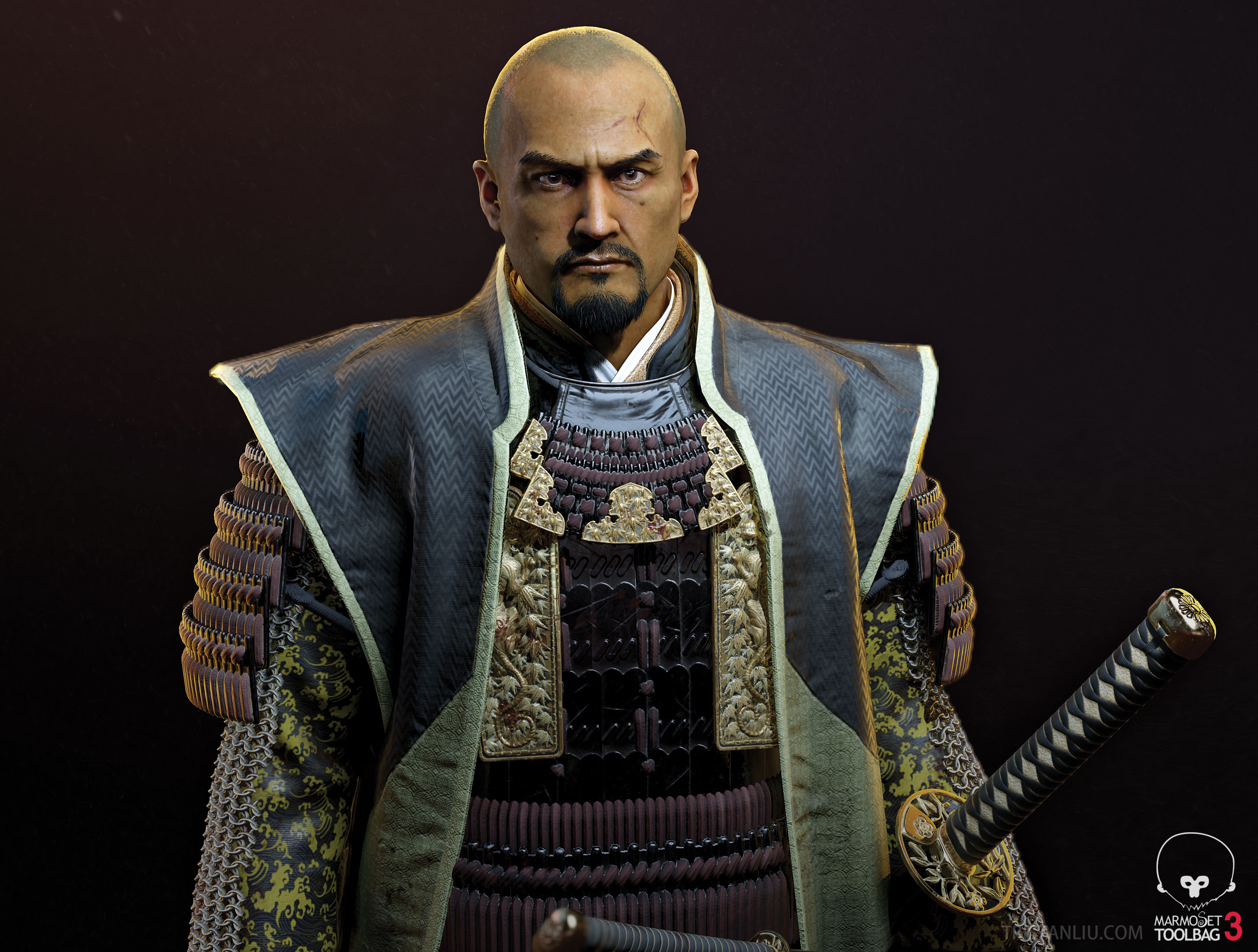
Staying ahead of the curve with your sculpts requires constant experimentation and practice. During the gap between his long-term projects, Liu usually works on short-term anatomy or concept sculpting exercises to keep himself sharp and change the pace.
“Be passionate when starting a project and be patient when it comes to completing it,” Liu continues. He states that the overall feeling of a sculpt is much more important than the details, also adding that it’s important to “always be humble and learn from your fellow artists.”
So what are you waiting for? There’s no mystic art to creating great sculptures. According to our digital sculpting experts, all you need to do to get started is grab a ZBrush licence, brush up on the fundamentals of sculpture and continue to practise until you make perfect.
This article originally appeared in issue 248 of 3D World, the best-selling magazine for 3D artists. Buy issue 248 or subscribe to 3D World.

Brad Thorne was Creative Bloq's Ecommerce Writer, and now works for a PR company specialising in 3D and VFX, Liaison. He previously worked as Features Writer for 3D World and 3D Artist magazines, and has written about everything from 3D modelling to concept art, archviz to engineering, and VR to VFX. For Creative Bloq, his role involved being responsible for creating content around the most cutting-edge technology (think the metaverse and the world of VR) and keeping a keen eye on prices and stock of all the best creative kit.
